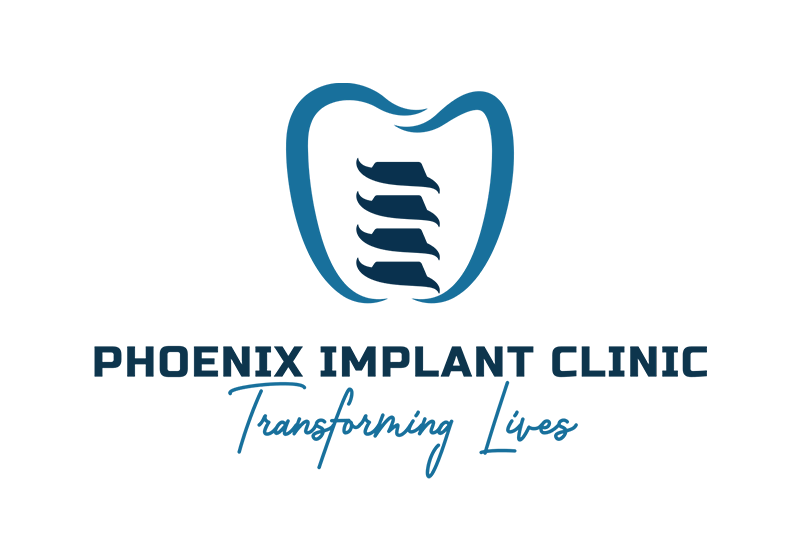Dental implants for false teeth means using implants to replace the roots that hold crowns, bridges, or dentures. Many people who wear removable dentures or have bridgework consider switching because implants can feel more natural and stable. This post explains what false teeth are, the implant options, who is a good candidate, what to expect, risks and costs, and questions to ask your dentist.
What Are “False Teeth” and How Do Implants Differ?
False teeth include removable full dentures, partials, and fixed bridges that sit on existing teeth. Traditional false teeth rest on gums or clip to nearby teeth. Dental implants for false teeth replace the missing tooth root with a metal post in the jaw. That post supports a crown, bridge, or denture so the replacement acts more like a natural tooth.
Types Of Dental Implants For False Teeth
Single-tooth implants
A single-tooth implant replaces one lost tooth. A titanium post is placed in the bone, then a crown is attached. This is ideal when only one tooth is missing and nearby teeth are healthy.
Implant-supported dentures (overdentures)
A few implants (often 2–4) can anchor a denture to prevent slipping. Implant-supported dentures (overdentures) give a stronger bite and fewer sores compared to removable dentures.
All-on-4 / full-arch implant bridges
All-on-4 uses four or more implants to hold a full arch of teeth. Some practices offer same-day provisional teeth so you leave with a fixed set while healing continues.
Benefits Of Choosing Dental Implants For False Teeth
Implants improve chewing and speech, give a more natural look, and stay stable without adhesives. They help preserve jaw bone because they act like roots. Implants reduce denture sores and, with good care, can last many years.
Who Is A Good Candidate?
Good candidates are in generally good health, have healthy gums, and enough jaw bone or are willing to have grafting. Realistic expectations and commitment to oral hygiene are important.
Factors That May Affect Candidacy
Smoking, uncontrolled diabetes, certain medications, heavy teeth grinding, and severe bone loss can make implants harder or riskier. These issues don’t always rule someone out but may require extra treatment or planning.
When Dental Implants Might Not Be Right
If surgery or cost is a concern, improved removable dentures or bridgework may be better short-term solutions. Some people choose to delay implants until health or finances allow.
What To Expect: Process, Timeline, And Care
Expect an initial consult with X-rays or 3D imaging, any needed extractions, implant placement, and a healing phase called osseointegration. Healing can take a few months before final teeth are attached. Aftercare includes good brushing, flossing, and routine dental visits.
Risks, Costs, And Maintenance
Risks include infection, implant failure, or nerve/sinus issues. Costs vary by number of implants, grafts, and type of prosthetic. Maintenance is regular cleaning and dental checkups; implant teeth need daily care like natural teeth.
How To Decide If Dental Implants For False Teeth Are Right For You
Checklist: are you healthy enough for minor surgery, do you want a stable long-term solution, and can you budget for implants? Ask your dentist about their implant experience, 3D imaging, sedation options, warranties, and financing.
Thinking About Making The Switch?
If you want more stable, natural-feeling false teeth, consider a consult with an implant-experienced dentist. They can review your mouth, discuss options and costs, and make a personalized plan. Call to schedule an exam or get a second opinion about dental implants for false teeth.


